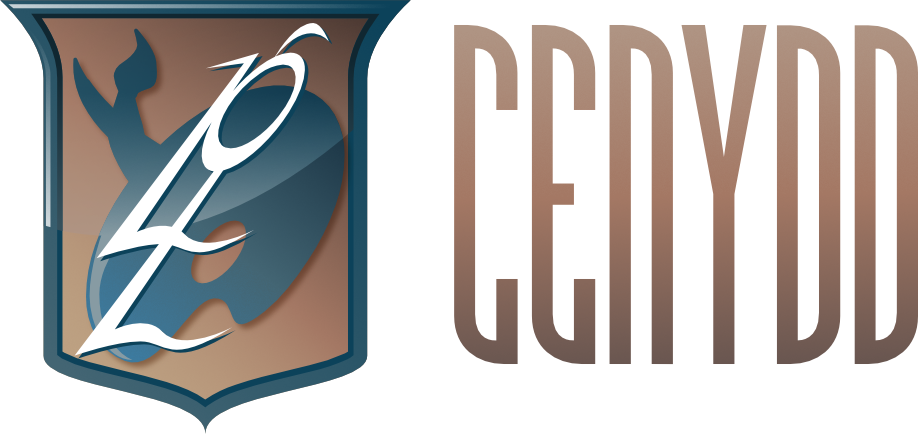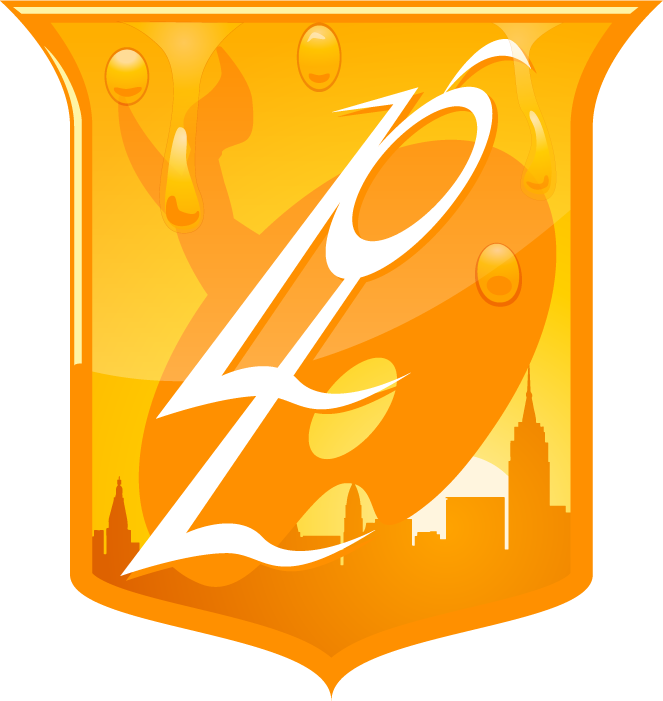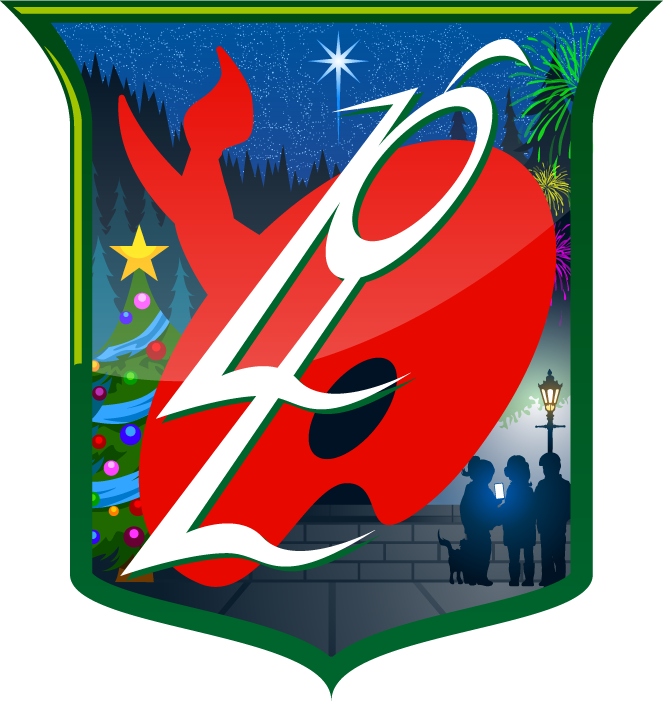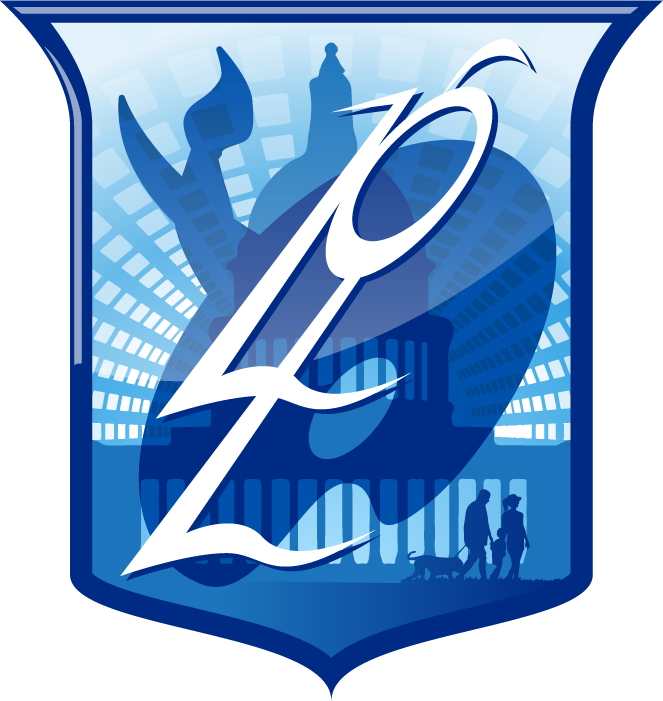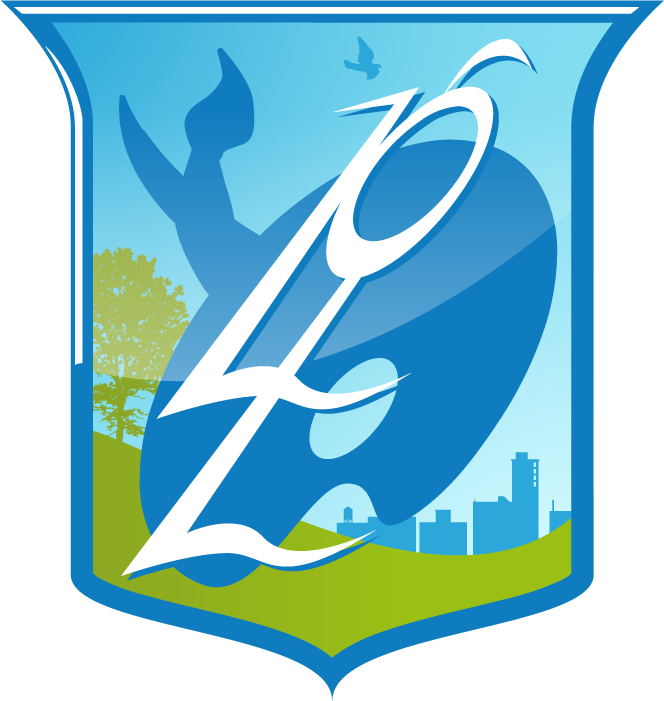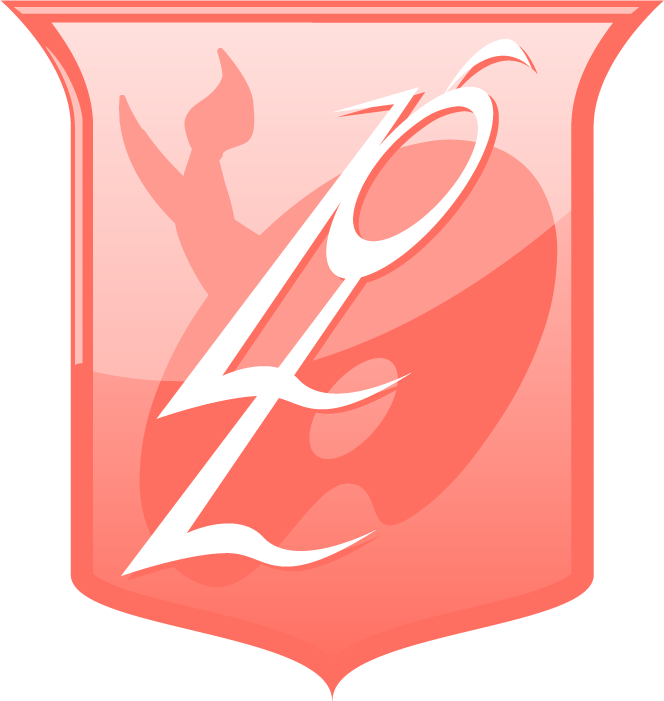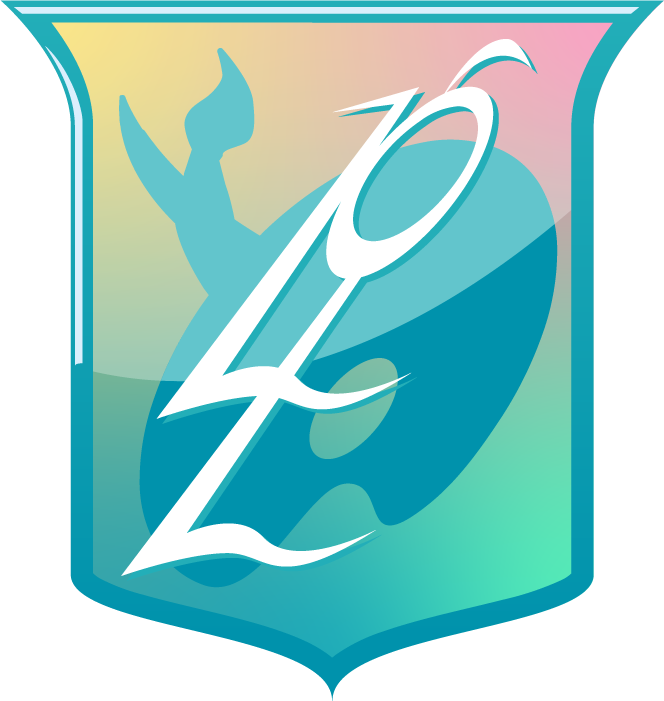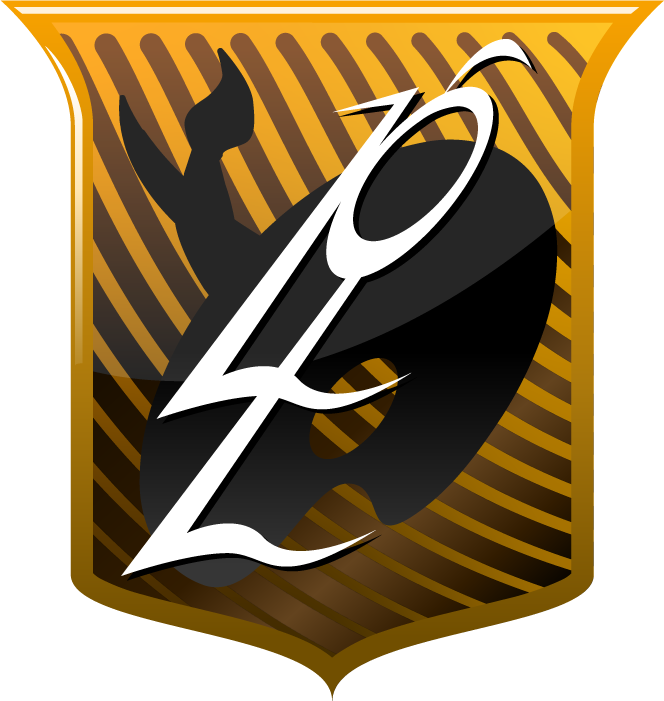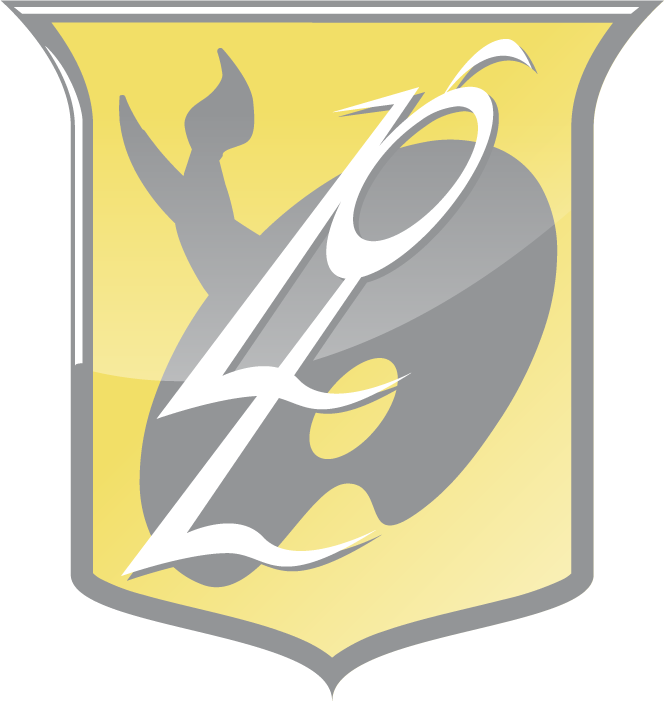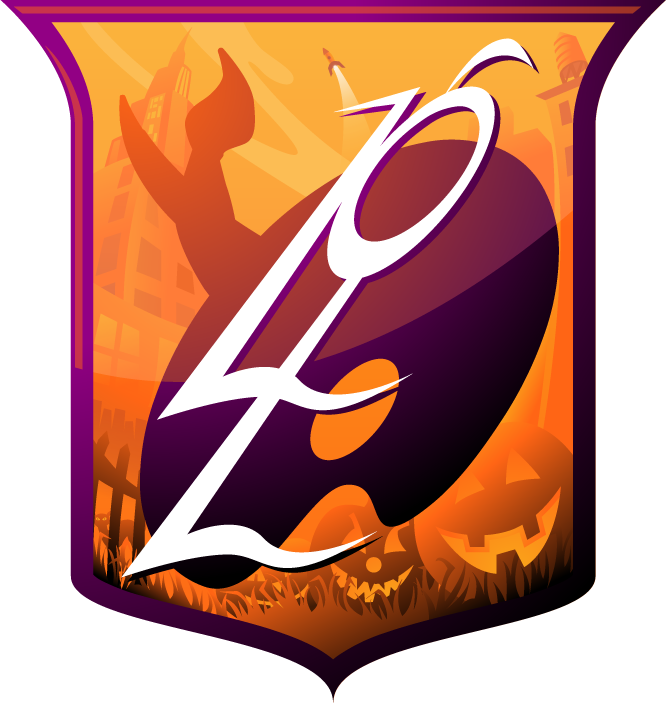
About
There are many resources I used to get this website done.
- Dreamweaver is how these web pages were created and maintained. The program provides some very nice Bootstrap code. That helped, in particular, with the hero carousel found on the homepage (visible on desktop, tablet and landscape-mobile views).
- Finding a responsive navigation bar that worked the way I needed was not easy. Thankfully, WebDevTrick was there to help with this solution. I had the same problem with the footer (I know, what kind of coder am I?!?), but this Sticky Footer video came to the rescue.
- The technology behind the gallery of images used throughout the site came from LearnWebCode's terrific tutortial, How to Create Photo Gallery Grid with Modal Window Lightbox.
- YouTube is a great resource for learning web techniques. These three were the ones I kept coming back to for some seriously good lessons; Jen Simmons, Kevin Powell, and Mozilla Developer.
Front-end web design is a lot of fun and challenging. Every now-and-then I'll peek at what goes on in the back-end, but most of it goes way over my head. There are books, magazines and websites I read often to help bring me up to speed. There's no way I can keep up with it all, but I'll continue to have fun trying.
Two Decades: Cenyd Galeria to CENYDD
Just as with desktop publishing and graphic design, the skills I've acquired with front-end web development have been self-taught. I began designing and building websites way back in the summer of 1997. Adobe PageMill & HTML for Dummies were my first introductions to the field, and during the next 15 years, I would utilize W3C web standards, learn WYSIWYG applications like Adobe GoLive, Microsoft FrontPage, Microsoft SharePoint and Adobe Dreamweaver (the one program I continue to use regularly).
This website is my professional portfolio. It used to go by "Cenyd Galería," a name my wife never liked. "It's not a gallery!" she would complain, though I tried to convince her that it was a digital version of one.
Cenydd (one or two d's) represents the Welsh and Celtic origins of my first name, Kenneth. The name can be pronounced as either "KEN-id" or "SEN-id." Galería, of course, is Spanish for gallery, a tribute to my last name, López, and to my Puerto Rican heritage.
For this version of the website, I've made the second "d" permanent and dropped "Galería." Going forward, this portfolio site will simply be known as CENYDD, pronounced however you like. It took some time, Wife, but, you won! 🙂
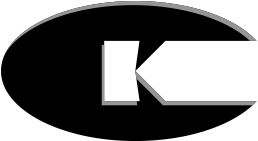
I don't know what I was thinking, but
this was the first version of the Cenydd logo
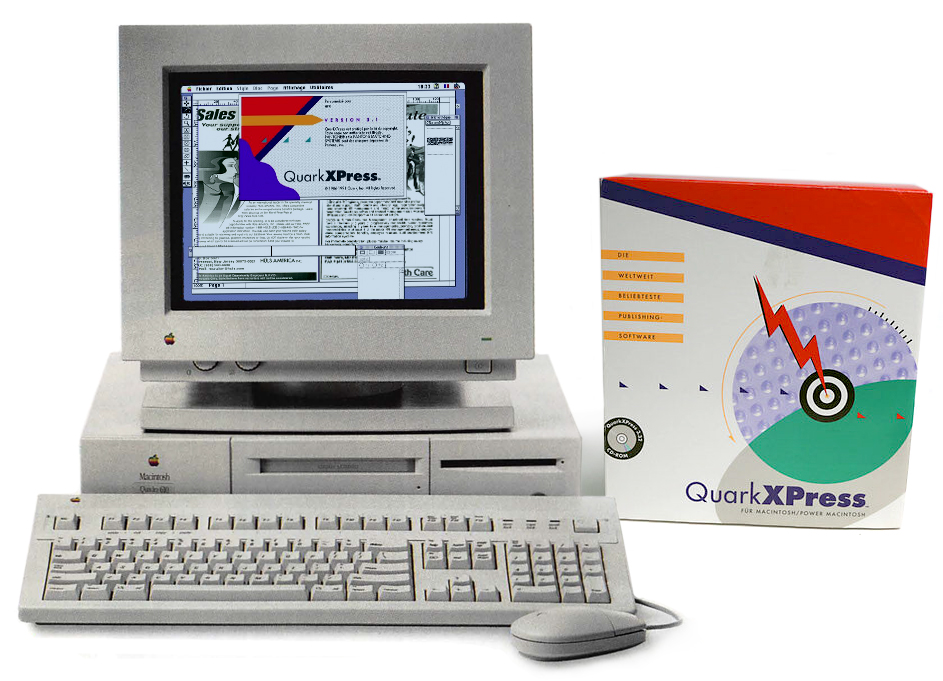
My graphic design career began with the
Macintosh Quadra 610 and QuarkXPress 3.31.
In 1997, I began learning the basics of HTML and used Adobe PageMill to create the first version of my website. I didn't think to brand Cenyd Galería with any kind of logo or icon, selecting a simple script font for the text instead.
PageMill 3.0 came along around January of 1999, and I began work on the second version of my website. I was well into this project when word got out that Adobe Systems had acquired GoLive CyberStudio. By the spring, Adobe released the new CyberStudio, renamed it Adobe GoLive 4.0, and offered PageMill users an inexpensive upgrade. I made up my mind to use the new software to create the next version of the site.
I began to think about the display of the website's name with a simple font I created. My art signature, the interlocked L-ó-p-e-z, began appearing in some projects for the first time.
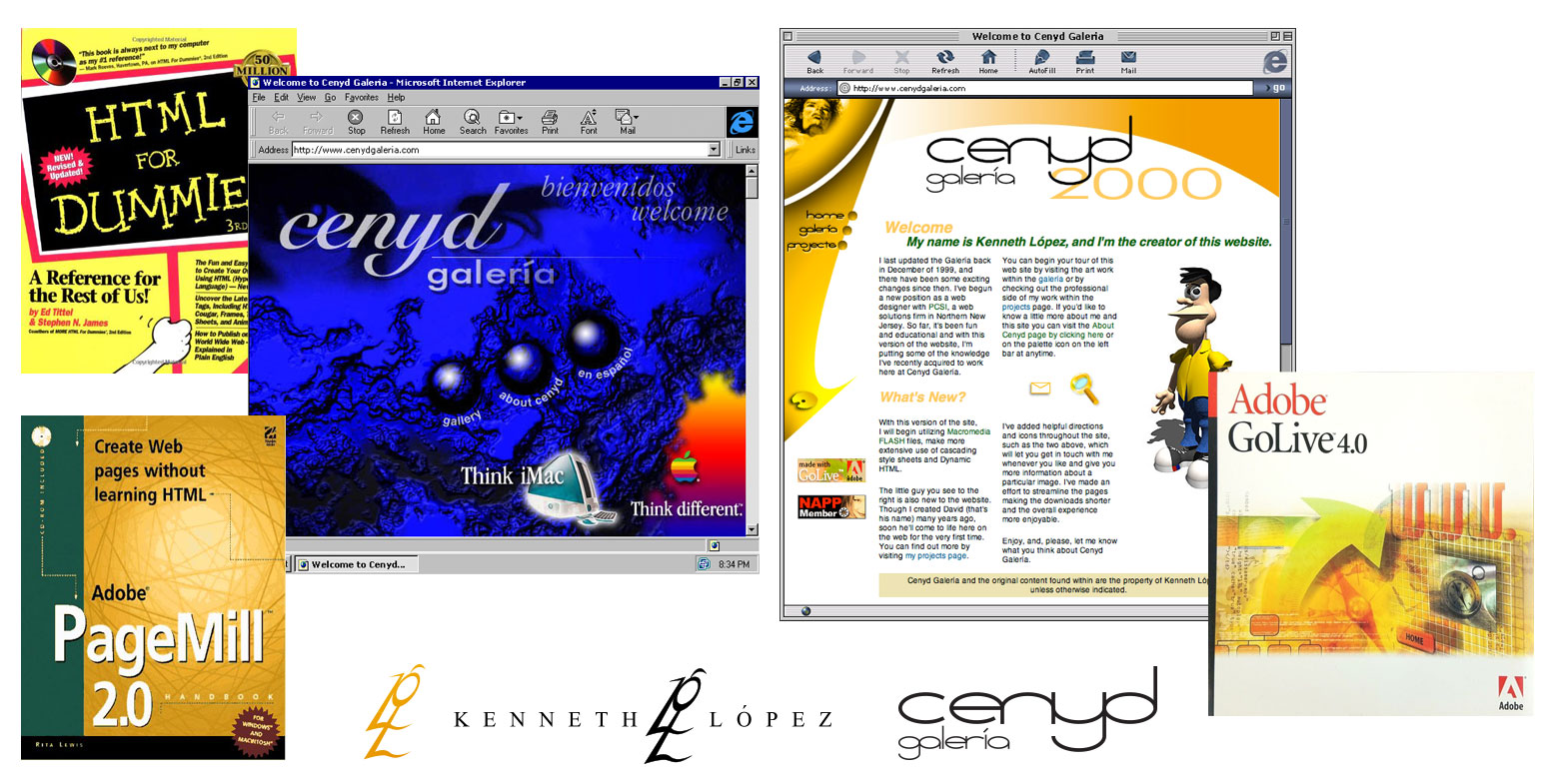
I continued to use GoLive for webpage & website design for the next five years. I would also read reviews for other WYSIWYG editors. The source code GoLive produced was brutal and didn't comply to web standards at all. I wasn't overly concerned about this early on, but as I learned more about editting HTML and, more importantly, worked with developers who agonized over my GoLive projects, I knew I had to start looking seriously at other products.
Macromedia's Dreamweaver was one of the best reviewed editors in 2004, so I decided to make Studio MX a part of my library. The new suite of software had an influence on my web & graphic designs right away.
Below, you can see how the pencil, brush and palette icons found their way behind the interlocked López signature, all of those elements mounted on a shield and becoming part of my logo.

In 2005, Adobe acquired Macromedia Studio MX, the programs and their features found their ways into Adobe's own suite of software, while Dreamweaver displaced GoLive entirely. Web design became almost a daily requirement at work and that would help me with my own efforts. Along with a better understanding of HTML, CSS and JavaScript became larger parts of my web projects.
The version of Cenyd Galería pictured below would be the first designed with mobile browsers in mind.
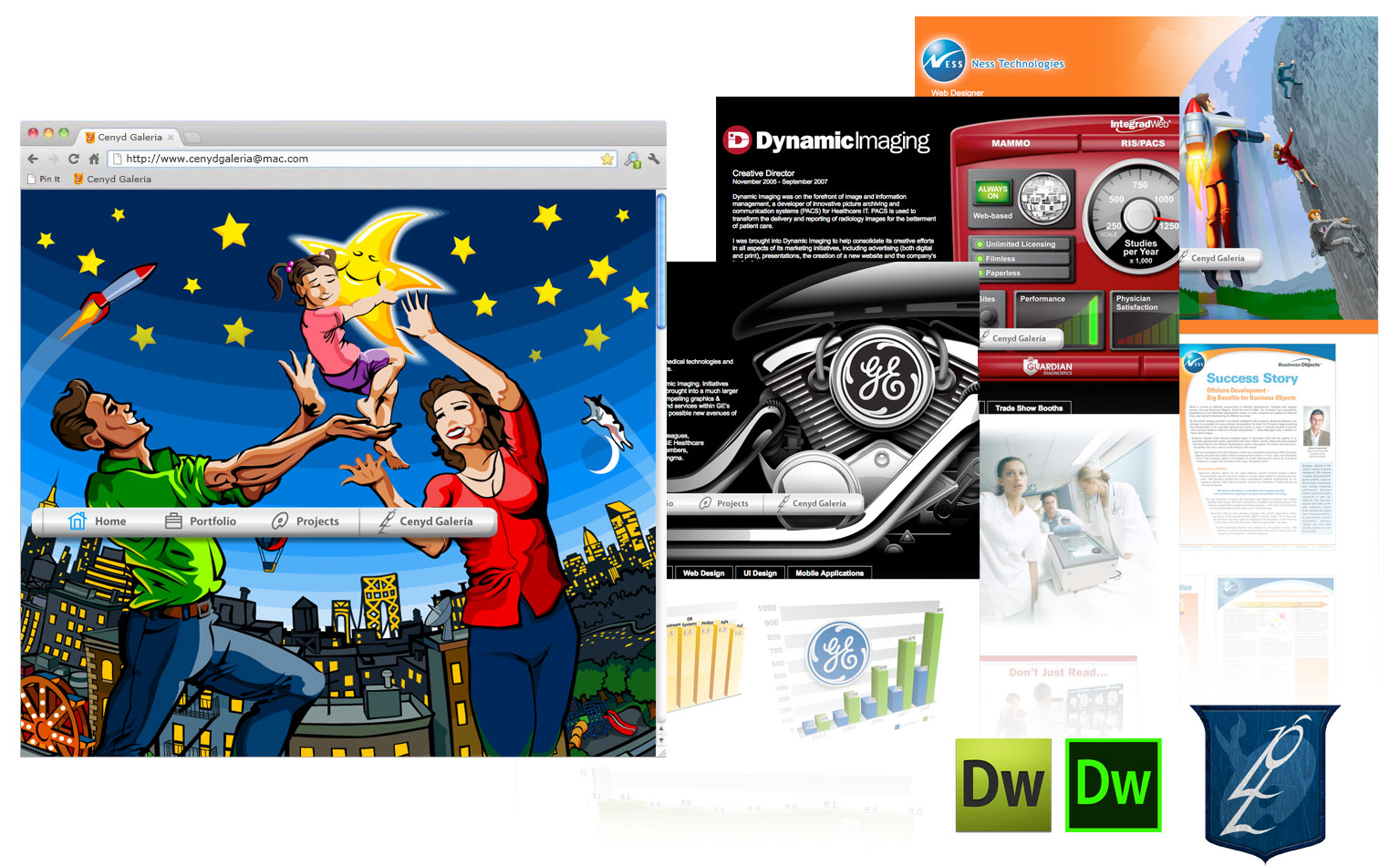
In 2012, Adobe released Muse, an "offline website builder of fixed, fluid or adaptive websites, without the need of any written code." Instructors, template and plugin creators sprouted up to support the many fans of the software. I was one of those fans. Just six years later, however, Adobe announced they were killing the application.
During that time, I learned how to use the program and built the next version of the website, taking advantage of its parallax animation features. The short video below demonstrates the scrolling animation of the homepage I created with the program.
The source code, just like that of Adobe GoLive before, was very difficult to edit, and its proprietary output made Adobe Muse incompatible with evolving web standards.
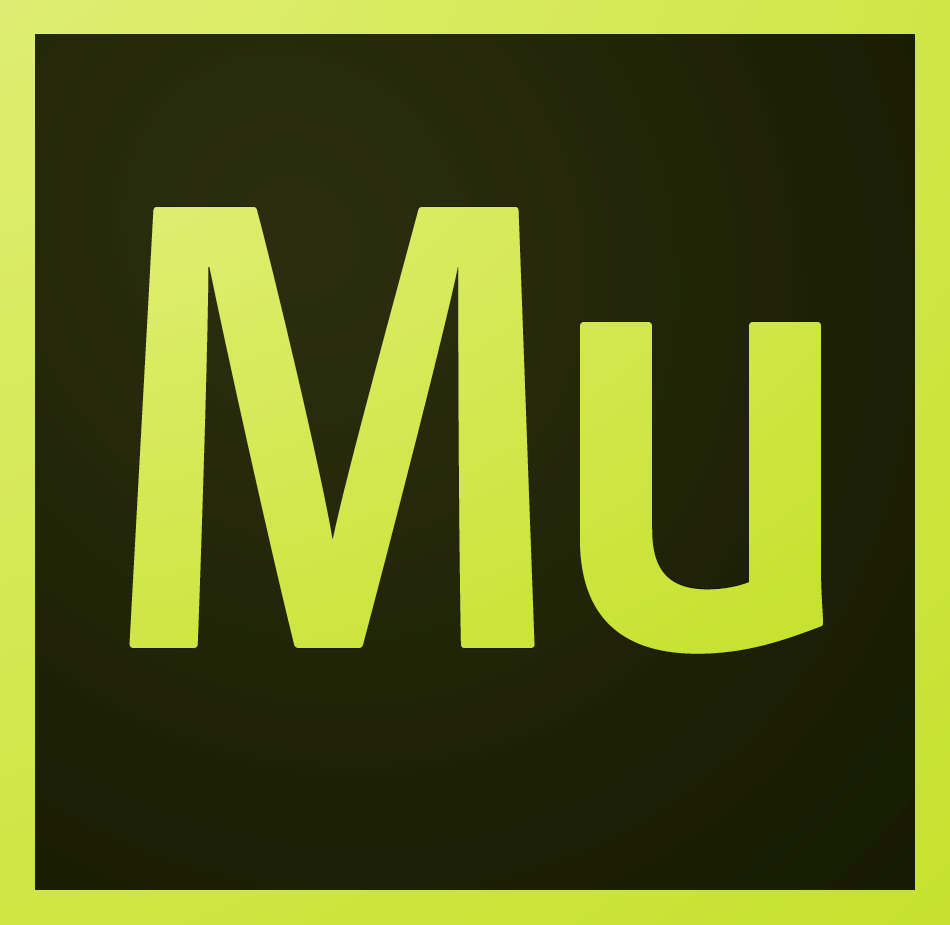
In recent years, Cenyd Galería has gone through its renaming and redesign, settling on CENYDD as its identity and a brighter, more dynamic logo that I get to play around with from time to time.
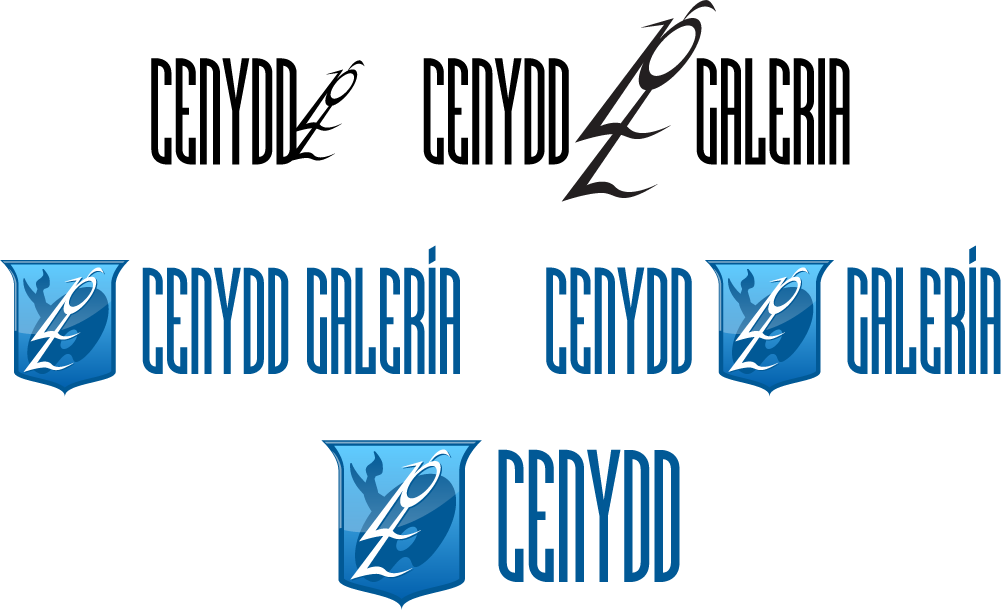
Logo Gallery
Here are some of my favorite versions of the CENYDD logo. When developing new or existing logos, I've often experimented with different color variations, but most corporate or company logos are branded to exact specifications and don't like to stray very far from from their guidelines, if at all. With my own logo, I could play around with colors and other graphical elements to meet the moment's goals. Some were more successful than others, but they all have a thought or memory attached to them.

